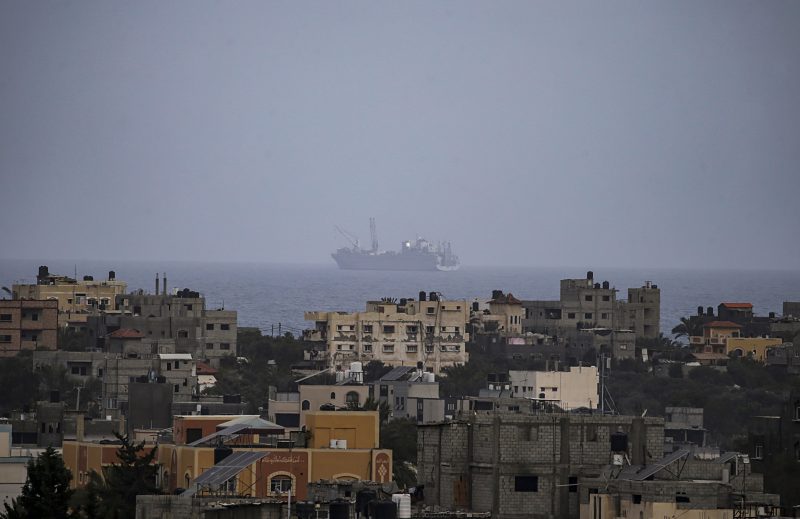In recent news, the Pentagon has confirmed that the pier in Gaza is anchored and secure. This development comes after concerns were raised about the distribution of aid to the region. The United Nations, however, has cast doubt on the effectiveness of this distribution, highlighting potential issues that could hinder the delivery of crucial supplies to those in need.
The confirmation from the Pentagon regarding the security of the pier in Gaza is a significant step forward in ensuring that aid can reach the region efficiently. A secure pier is essential for unloading shipments of food, medical supplies, and other necessary items that can make a difference in the lives of people affected by conflict and humanitarian crises.
Despite this positive development, the United Nations has raised concerns about the distribution of aid in Gaza. The UN’s doubts likely stem from previous challenges faced in distributing aid effectively in conflict zones. Ensuring that aid reaches those who need it most requires a coordinated effort involving various stakeholders, including governments, humanitarian organizations, and local authorities.
One of the key issues highlighted by the UN is the need for transparency and accountability in the distribution process. Without proper oversight and monitoring, there is a risk that aid could be diverted or mismanaged, ultimately depriving those in need of vital assistance.
Another concern raised by the United Nations is the potential for logistical challenges to impact the distribution of aid in Gaza. Conflict zones are often characterized by limited infrastructure and security risks, which can pose significant obstacles to the timely and efficient delivery of aid. Overcoming these challenges requires careful planning, coordination, and cooperation among all parties involved in the distribution process.
In response to the UN’s concerns, it is crucial for all stakeholders to work together to address any potential issues that could hinder the effective distribution of aid in Gaza. This may involve increasing transparency, improving coordination, and implementing robust monitoring mechanisms to ensure that aid reaches its intended recipients.
Ultimately, the successful distribution of aid in conflict zones like Gaza requires a collective effort and a commitment to upholding humanitarian principles. By working together and addressing the challenges identified by the United Nations, we can ensure that life-saving assistance reaches those who need it most, providing hope and relief in the midst of crisis and conflict.
